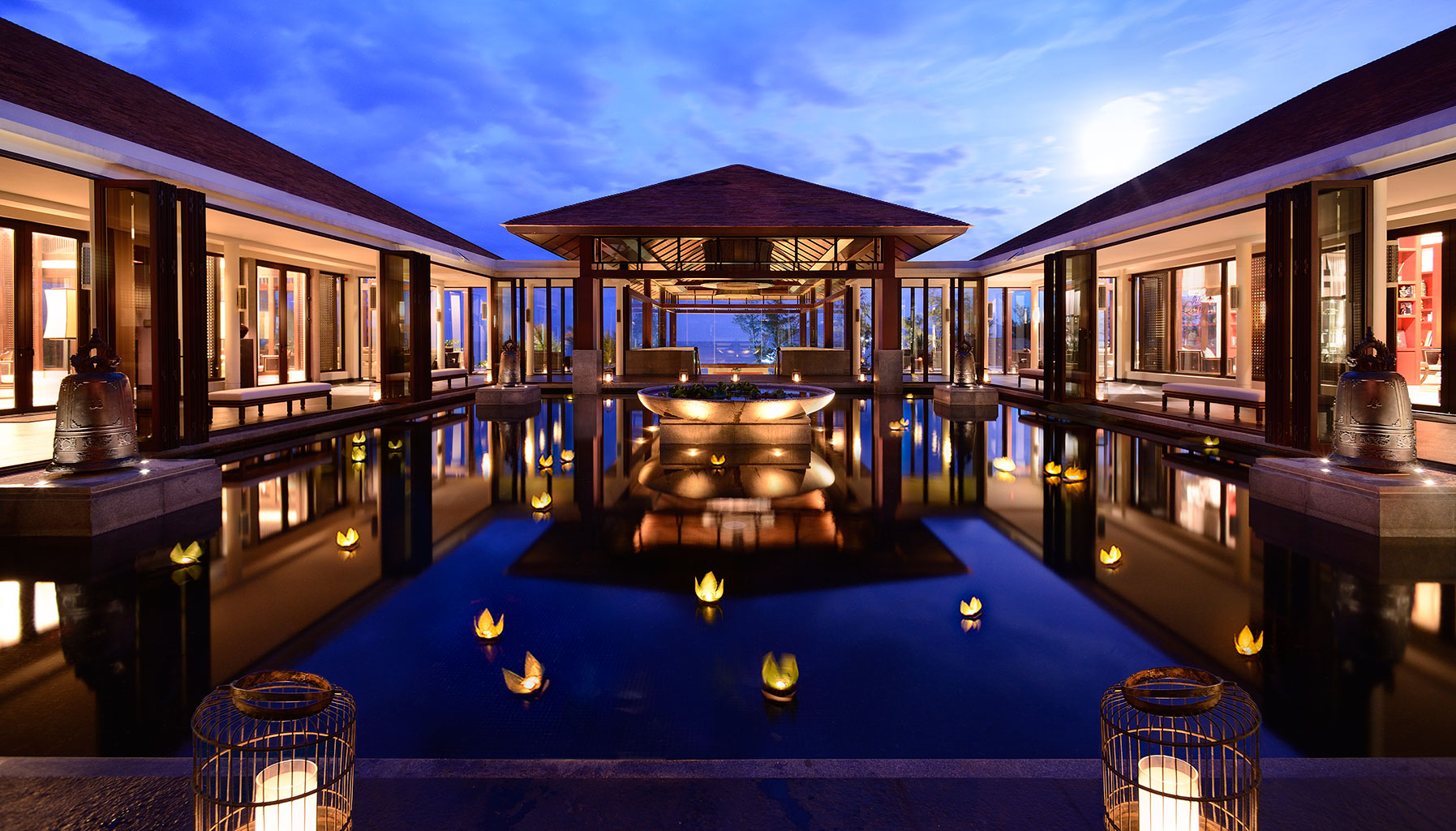What we learned about Michter’s, the heartwarming spirit of Kentucky
It was 1990, Valentine’s Day, the end of Michter’s. Like a stab to the heart the way this special day went, Dick Stoll, the master distiller at the time, received the news by phone. A bank was taking over the entire property and everyone was to turn the lights off, lock the doors, go home and never return.
Michter’s saw it coming. The American whiskey industry was suffering; a 13-year Prohibition nearly drove it to extinction, white spirits became fashionable, and locals were seeking global. Back then, it was mostly the export markets that were keeping distilleries alive. On that fateful day, a year after filing for bankruptcy, Michter’s pulled the curtain down, leaving its Pennsylvania premises in disrepair and the ‘Michter’s’ name, left for dead.
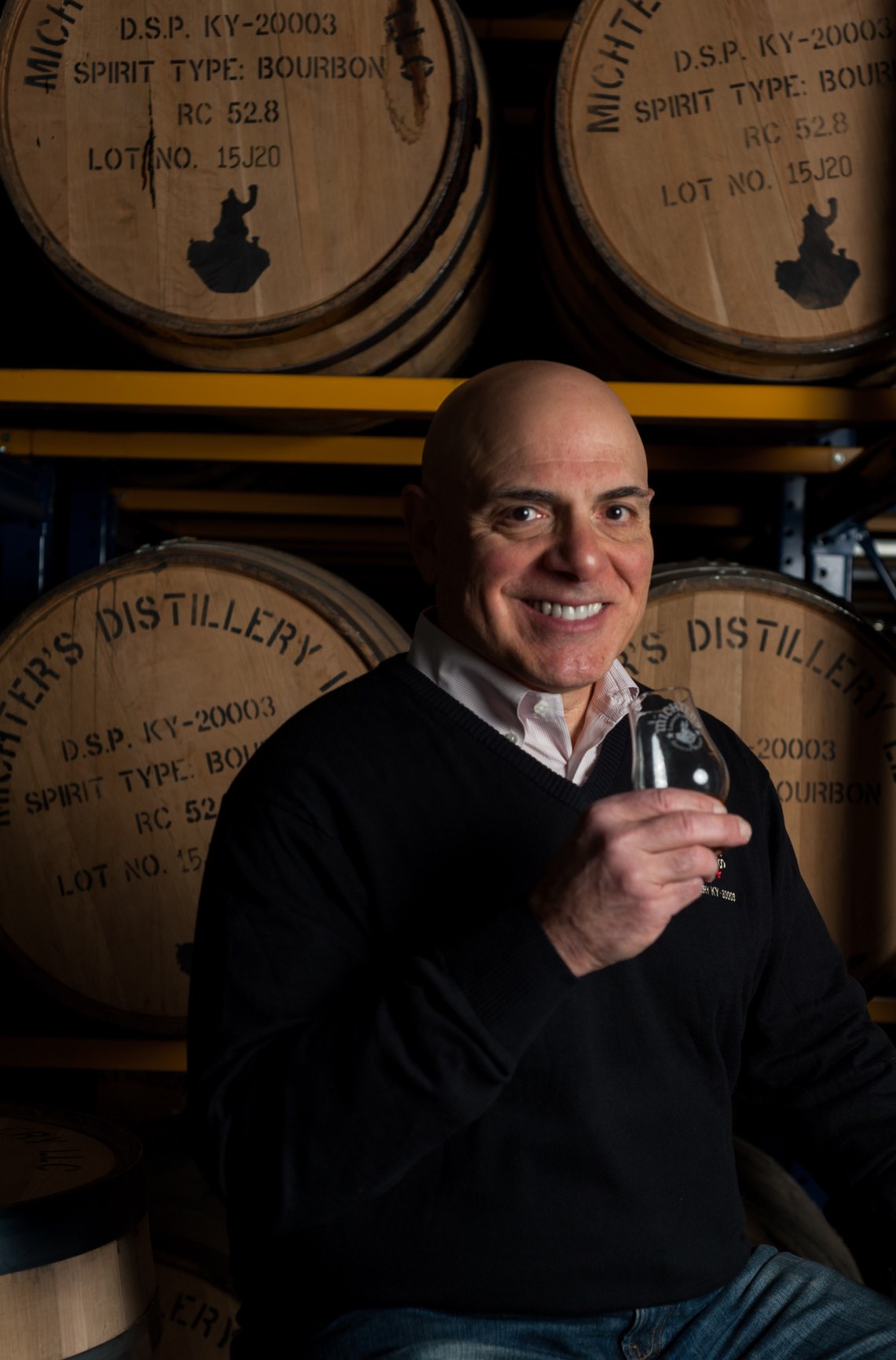
It wasn’t long before the name—a deceptively German portmanteau of ‘Michael’ and ‘Peter’, the sons of Louis Forman, the former owner—was resurrected by two men. There was Joseph J Magliocco, a young man running Chatham Imports, who needed a whiskey label to tie to his wines and spirits. He was familiar with its great history (it was originally known as Shenk’s in the mid-18th century) and sold it on a summer job during college, and he knew it would have been a shame to let a historic American whiskey brand disappear. Then there was Richard Newman—the then-president and CEO of Austin Nichols, the distiller of Wild Turkey—who knew a thing or two about bourbon. In the late ‘90s, they acquired the trademark for US$245 and set out to continue its legacy in Kentucky, the beating heart of American whiskey. Their goal was to do whatever it takes to make the best damn whiskey possible—“cost be damned!” remains the motto.
“We can cut corners and still make good whiskey, but we don’t do that. We do it the hard way, the expensive way, every way. If we need something to make better whiskey, we get it. That’s how it works here,” says John Shutt with a smile.
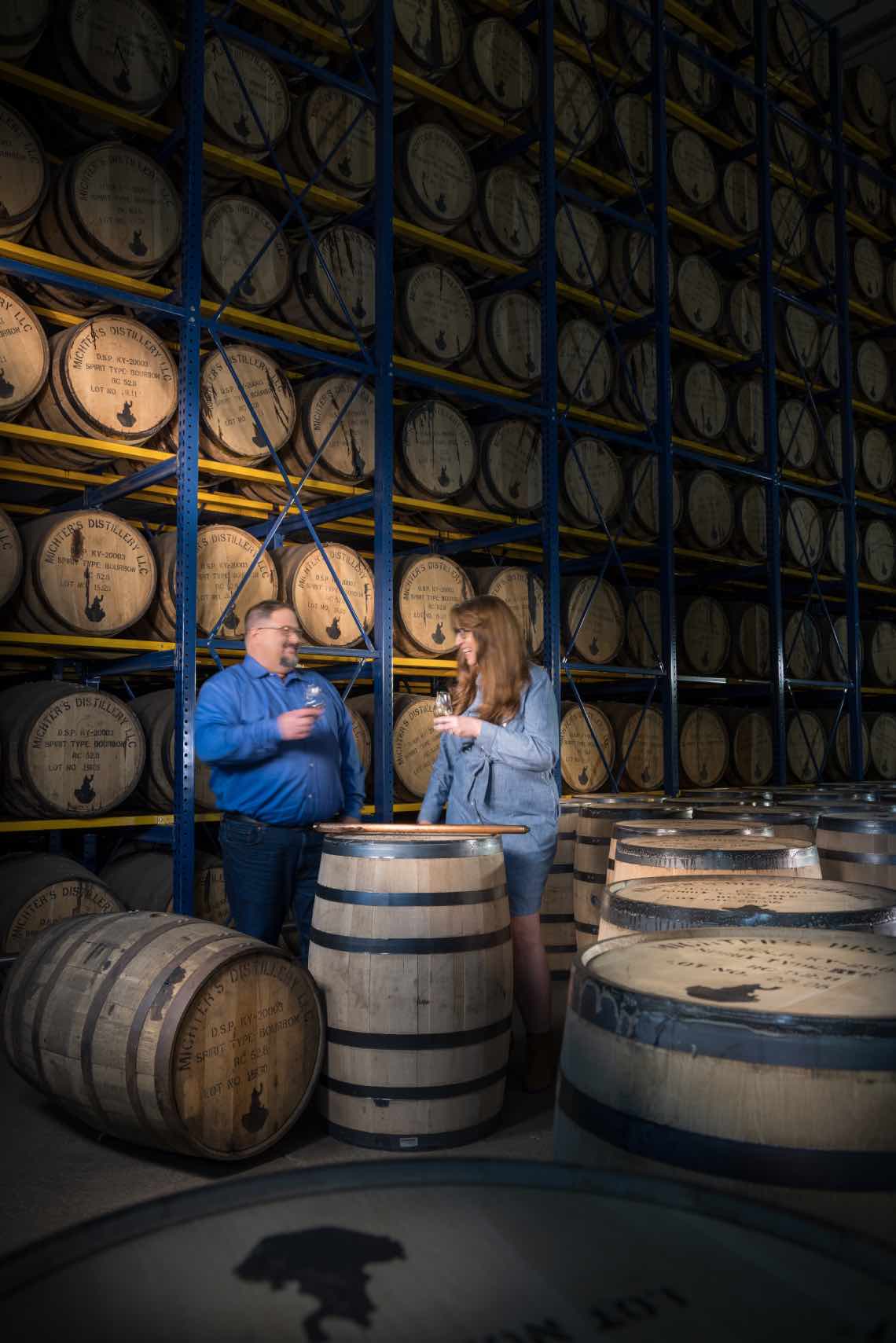
Shutt, a man with sleek brunette hair and dad jokes always ready to go, is the vice president of strategic partnerships. He’s a great storyteller who used to sell bourbon for Blanton’s, and this afternoon at the Michter’s Shively Distillery, he is here to sell the Michter’s story, alongside Dan McKee, a talented master distiller who is rarely afraid to get his hands dirty, and Andrea Wilson, the chief operating officer and master of maturation. Wilson also happens to be the first chairwoman ever of the Kentucky Distillers’ Association, and a Kentucky Bourbon Hall of Famer since 2022. A bourbon-thirsty team of industry folk and I count ourselves lucky to set foot in their one distillery that isn’t open to the public.
New beginnings
Michter’s spent its early years obtaining its whiskies from other Kentucky distilleries. When Magliocco and Newman started work on the brand, it was from scratch. They had no means to distil their own whiskey. But in the ‘90s, there was little market for older age statement bourbon and American rye, and distilleries were more than happy to sell excess stock instead of letting them sit idle.
“What they did was incredibly difficult to do, to resurrect an old brand and bring it back to life from literally nothing,” Wilson says. “They bought some barrels of whiskey that they thought were really beautiful, in a style that they would want Michter’s to be in the future. Joe (Joseph) was also a visionary. Rye whiskey was an all but dead category, but Joe always loved rye, and he had a vision that rye could be what it once was.”
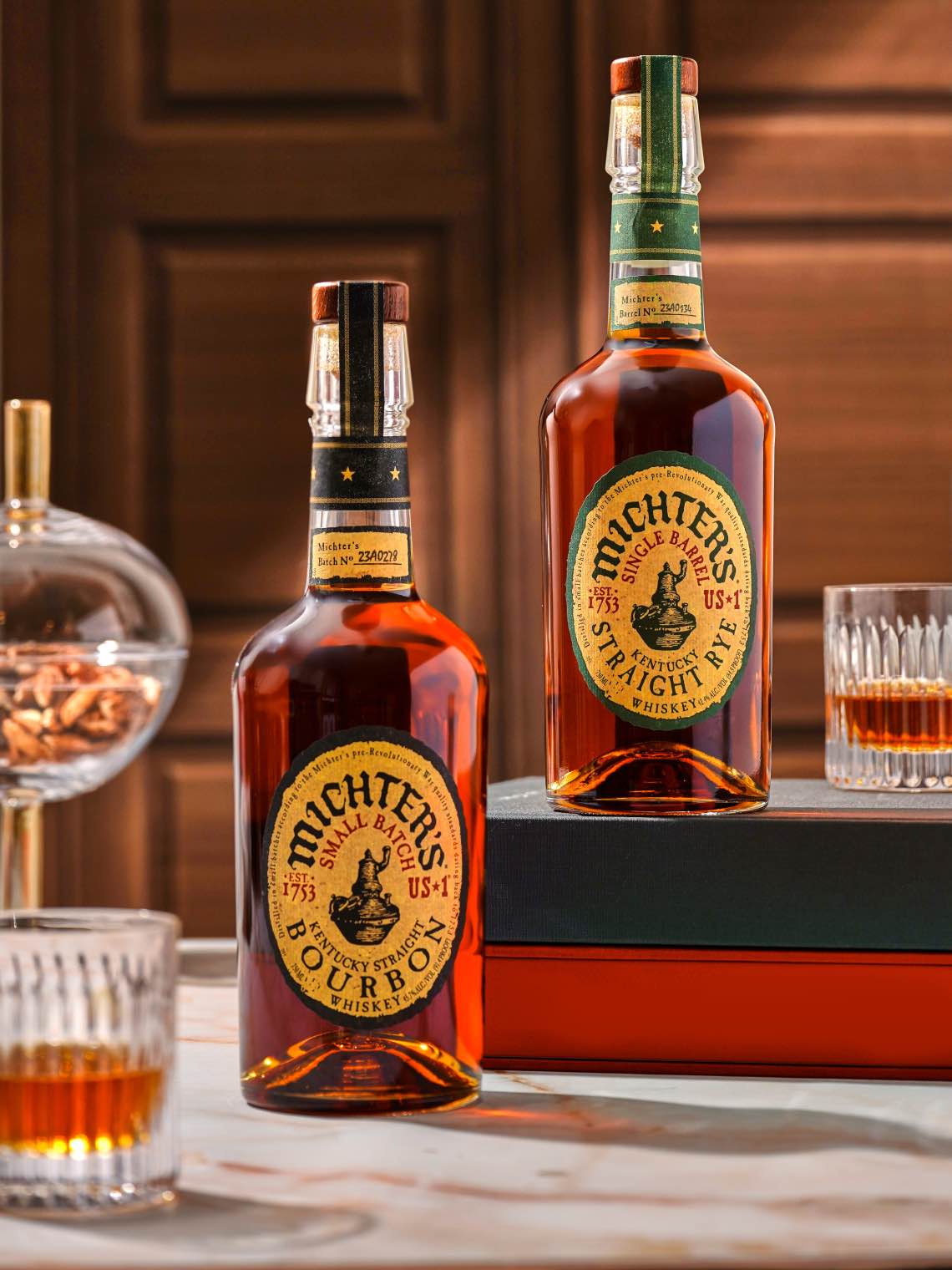
Today, American whiskey is a US$5.1 billion industry. There are 2,600 whiskey distilleries across the USA, compared to a measly 35 from two decades ago. In Kentucky itself, that number soared from 19 to 95 between 2009 and 2021, with bachelor and bachelorette parties frequently pouring into Lexington and Louisville. Bourbon and rye whiskeys also fetched a record-breaking US$1.6 million at a Sotheby’s auction in 2022. That sale included a Michter’s Single Barrel Bourbon 20 Year Old that went for US$27,500, seven times its pre-sale low estimate.
Michter’s first two offerings were 10 Year Kentucky Straight Single Barrel Bourbon and 10 Year Kentucky Straight Single Barrel Rye, and as soon as they sold their first 50 cases, they threw a big party. That was phase one of the Michter’s evolution. They then went to a great Kentucky producer with a recipe, sold more whiskey, and eventually started doing their own distilling in Shively, a city within the city of Louisville. It’s no picturesque Kentucky, but it is rich in distilling history. In August 2015, when their white dog matched up to the white dog from ‘phase two’, they knew they were doing something right.
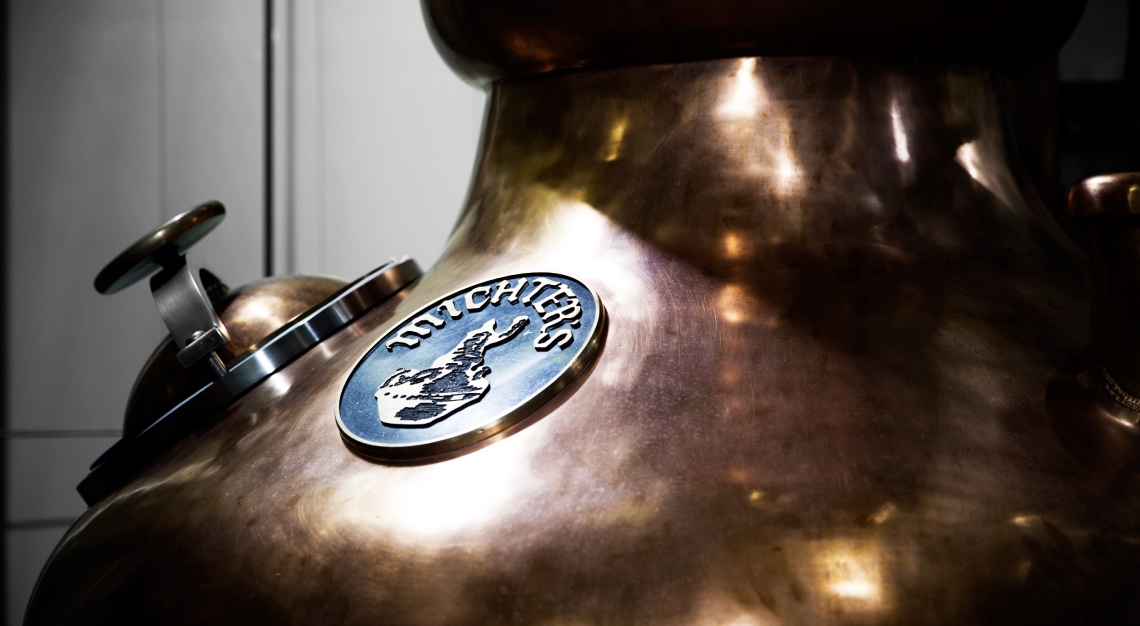
Shively is where all Michter’s is made. Across 5.2 hectares, the 8,083-square-metre facility is home to perfectionists, delicious white dog (believe it or not), and Vendome custom-built still systems, gurgling away to greatness. Here, it is believed that making great whiskey is both a science and an art, with no small detail left behind. “In the processing department, if something is completely off and doesn’t match the standard, Parallel Products from across the street will repurpose it into fuel and ethanol,” says McKee. “Our goal is not to have to do that, but these are the things we are afforded to maintain quality.”
It’s the same with the barrels. They pay top dollars for them, making sure they are naturally seasoned and air-dried for 18 to 60 months, instead of the industry standard of six. “We make sure that they are also toasted and charred to our specifications,” Wilson explains. “Not every cooperage can work with us, only the ones who can demonstrate and prove the accuracy of what they can do.” The barrels are also managed through life cycles. If the spirit starts to take on a character that isn’t consistent with the flavour profile, the ageing is stopped and contents are transferred to a stainless steel drum. “This preserves the quality of the liquid at that peak moment,” she continues. “At the end of the day, we didn’t plant the seed or grow the tree. Barrels are not magic, they cannot erase bad quality. We’d rather stop the ageing and say, okay, this is a really great whiskey at this age, and not try to push it any further.”


Standing among stacks of barrels, I learn that the warehouses are heat-cycled to increase maturing quality at the cost of more angel’s share. Michter’s also has its warehouses built four-storeys high and not a storey more. This comes at the cost of real estate, but when one does so much single barrel whiskey in such small batches (20 barrels at most), precision and consistency are incredibly critical. If you want continuity, you can’t have the top floor maturing faster than the bottom. Shutt continues to point out the intricacies. “Wine people talk about terroir and how wine is more sophisticated. But look at the sophistication of the microclimate inside this warehouse. If you have a dirt floor, the moisture is going to affect the ageing process. Everything matters. The height, the depth of the concrete, everything.”
The discipline of quality shines in the whiskies, which are typically silky smooth, well-balanced and packed with flavour. Chill filtration protocol is customised to each style of whiskey, making sure every characteristic, big or small, feels included on the palate, and when you’re tasting it for the first time, you can enjoy the notes all at once. Michter’s US*1 Kentucky Straight Bourbon, filled with vanilla, spice and an oak-forward complexity, is perfect for sipping as it is for mixing. The Toasted Barrel Finish Rye, which first released in 2017, came back in 2023 for those who love the oaky annual release. Toasting takes hours, and this art of slowly heating the wood lifts the spirit with a layer of flavour that’s different from the typical char-driven profile.
In other news, Michter’s just released its coveted 25 Year Old Kentucky Straight Bourbon (US$1,500) to celebrate a recognition by Drinks International, edging out the 2021 champion, Yamazaki, as the World’s Most Admired Whiskey.




Fort Nelson, not Disneyland
There are two other Michter’s campuses. There’s a beautiful farm in Springfield, Kentucky where grain is grown to supplement the grain they get from family farmers, and there’s the Fort Nelson Distillery that’s part of the Kentucky Bourbon Trail. Located in a historic building on Whiskey Row, an entertainment district of distilleries, bars and hotels in downtown Louisville, Fort Nelson is the place to be at to get better acquainted with Michter’s. Every staff member you meet has worked at Shively, so you will always be getting the real deal, and not that Disneyland-curated experience. Go on a guided tour (we recommend booking the weekly Legacy Tour) and see whiskey produced in the legendary pot still and cypress wood fermenter system from the old Pennsylvania distillery. Nothing has been released yet, you’ll have to wait until 2026 to taste its first drops.
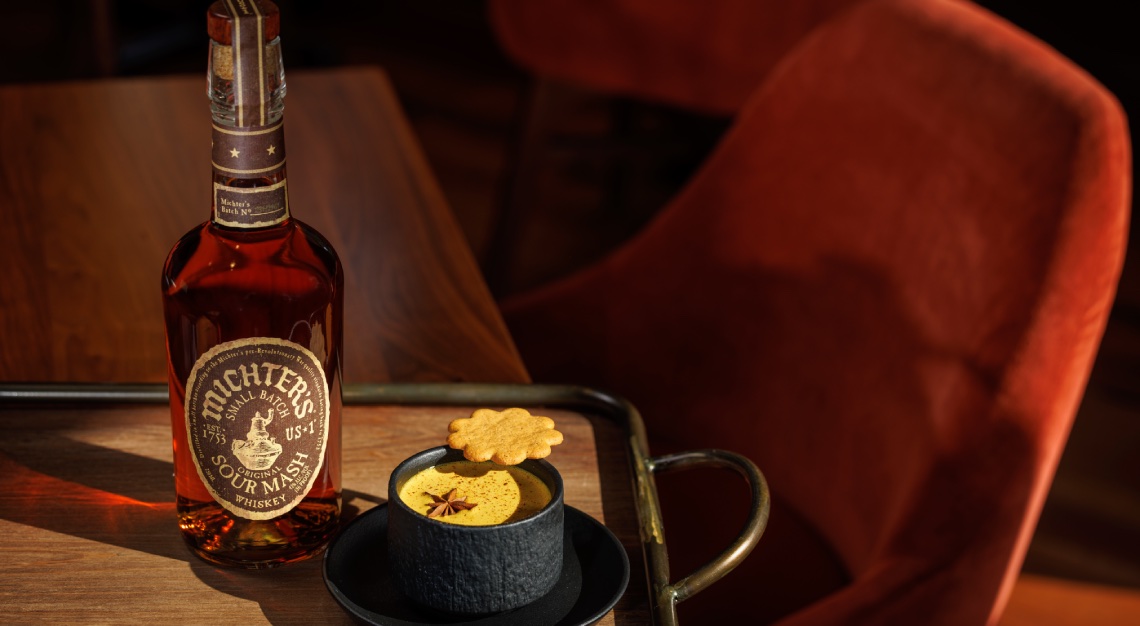
For now, you can taste its whiskies on any of the three tours, and you will (if we dare say so ourselves) buy bottles to commemorate your visit. But don’t leave without stopping by the bar on the second floor, where delicious classic cocktails await. Michter’s has embraced mixology from the very beginning and it always will. Simply put, they see bartenders the same way they see chefs—innovators. “We don’t have a marketing budget where we do TV commercials,” McKee tells us. “Music videos and shows that have had us—Billions, for one—allowed us to gain traction that way. But the biggest relationship is with the bartender willing to use Michter’s.”
Wilson agrees. “We are nothing without people who tell our stories or make great drinks, or just share a really wonderful experience with the spirit because we can make it all day long. But if there’s nobody to drink it, nobody to buy it or nobody to tell the story about it, then, it is nothing.”





